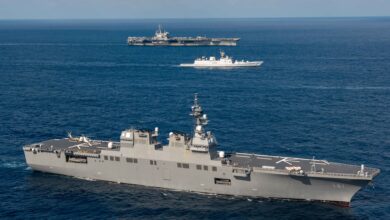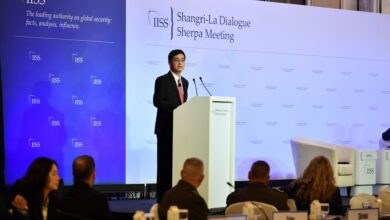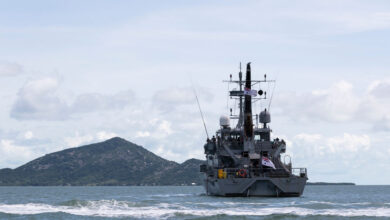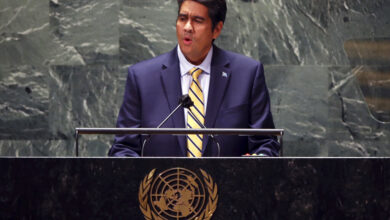Report: PRC should overhaul Pacific lending practices
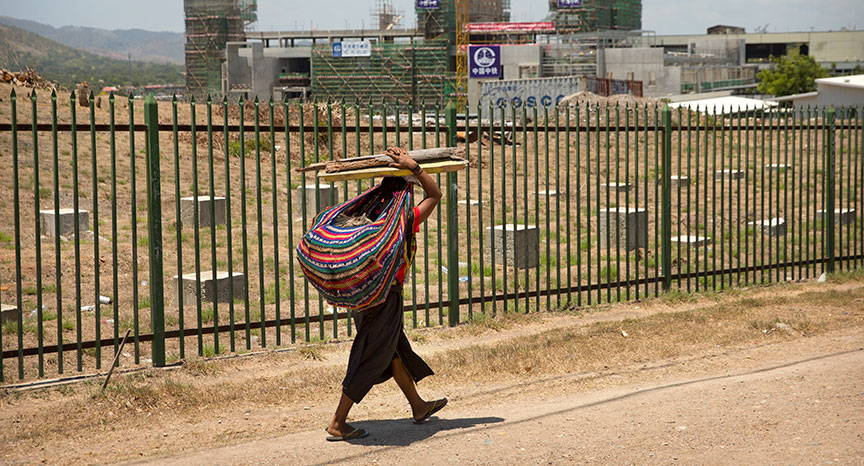
The People’s Republic of China (PRC) should substantially alter its lending approach to the fragile economics of the Pacific islands if it wants to avoid saddling its financial partners with crushing debt, a new report argues.
“Ocean of Debt? Belt and Road and Debt Diplomacy in the Pacific,” written by economists Roland Rajah, Alexandre Dayant and Jonathan Pryke for the Lowy Institute, an Australian think tank, said that well-managed debt can play a useful role in healthy development.
“Nonetheless, the scale, nature and opacity of China’s lending activities” under its One Belt, One Road (OBOR) development scheme “raise important questions about potential debt sustainability problems in many less-developed countries,” the October 2019 report said.
With their small size, weather vulnerabilities and tourism-dependent economies, Pacific islands are vulnerable to debt distress. “Several Pacific states are also some of the most heavily indebted countries to China anywhere in the world,” the report said.
While the authors said the PRC has yet to engage in “debt-trap diplomacy” in the islands, such criticism could arise if the PRC refuses to restructure its approach. Its practices could be considered predatory lending if its projects are of poor quality, the loan terms are too expensive, or if it is engaged in lending to countries with a high risk of debt problems.
On the issue of quality, Chinese firms have been heavily criticized, with “some going as far as to accuse many of these projects of being white elephants and roads to nowhere,” the report said. A 2014 analysis of Chinese aid in the Cook Islands, Samoa, Tonga and Vanuatu offered a mixed report card, the Lowy report said. “The evidence suggests that, if left alone, Chinese state firms will cut corners and inflate prices,” the report said. “If managed properly, they can deliver good quality infrastructure.” (Pictured: A woman carrying a bundle of sticks walks past a building being constructed by state-owned China Railway Group Ltd. in Port Moresby, Papua New Guinea.)
As for loan terms to its island partners, the PRC should offer more concessions, the report said. Standard development loans from the Export-Import Bank of China have an interest rate of 2%, a five- to seven-year grace period and a 15- to 20-year maturity. All of the largest loans to Samoa, Tonga and Vanuatu carried those standard terms.
While those terms are more favorable than market-based financing, international development banks have offered interest rates of 1 to 2%, a grace period of five to 10 years, and a loan maturity of 25 to 40 years. Japan funded the Port Vila redevelopment project in Vanuatu with a loan that carried a .55% interest rate and a loan maturity of 40 years, according to the Business Insider website.
“China’s loans are therefore much less concessional than those available from other official lenders,” the Lowy report said.
The PRC should also curb its willingness to lend money to countries already designated by the International Monetary Fund (IMF) as being at risk of debt distress. The economists said the PRC should abide by sustainability models created by the World Bank and IMF when lending money to the islands.
“Our findings show that a continuation of business as usual for bilateral Chinese lending in the Pacific would quickly give rise to potential debt sustainability problems,” the report said.

